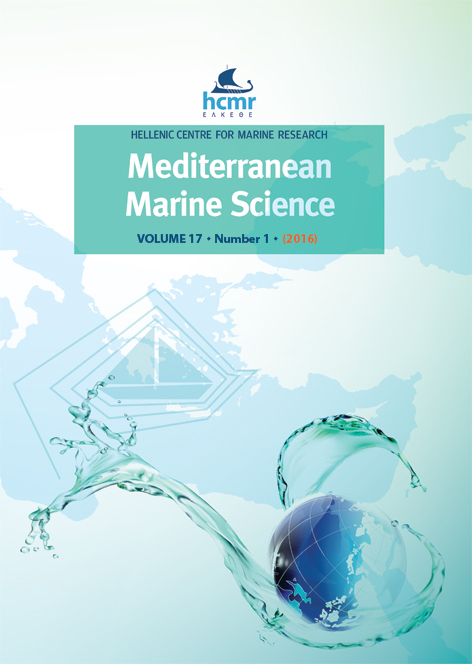Morphological and genetic barcoding study confirming the first Stegastes variabilis (Castelnau, 1855) report in the Mediterranean Sea
Περίληψη
This paper presents morphometric and genetic barcoding analyses of the first record of the Cocoa Damselfish, Stegastes variabilis in the Mediterranean Sea. A single specimen was captured from Senglea waterfront, Malta (Central Mediterranean) on the 15th of September 2013. The species is non-indigenous in the Mediterranean, as it is native to the tropical Western Atlantic. Apart from undertaking identification through meristics and morphometric measurements of the specimen, genetic analyss of the 3410 bp mtDNA genes were carried out to confirm the species' identity. The latter was useful given that the genus Stegastes is known to be composed of morphologically very similar species, with variable colour patterns.
Λεπτομέρειες άρθρου
- Πώς να δημιουργήσετε Αναφορές
-
VELLA, A., AGIUS DARMANIN, S., & VELLA, N. (2015). Morphological and genetic barcoding study confirming the first Stegastes variabilis (Castelnau, 1855) report in the Mediterranean Sea. Mediterranean Marine Science, 16(3), 609–612. https://doi.org/10.12681/mms.1391
- Τεύχος
- Τόμ. 16 Αρ. 3 (2015)
- Ενότητα
- Short Communication
Authors who publish with this journal agree to the following terms:
- Authors retain copyright and grant the journal right of first publication with the work simultaneously licensed under a Creative Commons Attribution Non-Commercial License that allows others to share the work with an acknowledgement of the work's authorship and initial publication in this journal.
- Authors are able to enter into separate, additional contractual arrangements for the non-exclusive distribution of the journal's published version of the work (e.g. post it to an institutional repository or publish it in a book), with an acknowledgement of its initial publication in this journal.
- Authors are permitted and encouraged to post their work online (preferably in institutional repositories or on their website) prior to and during the submission process, as it can lead to productive exchanges, as well as earlier and greater citation of published work (See The Effect of Open Access).





